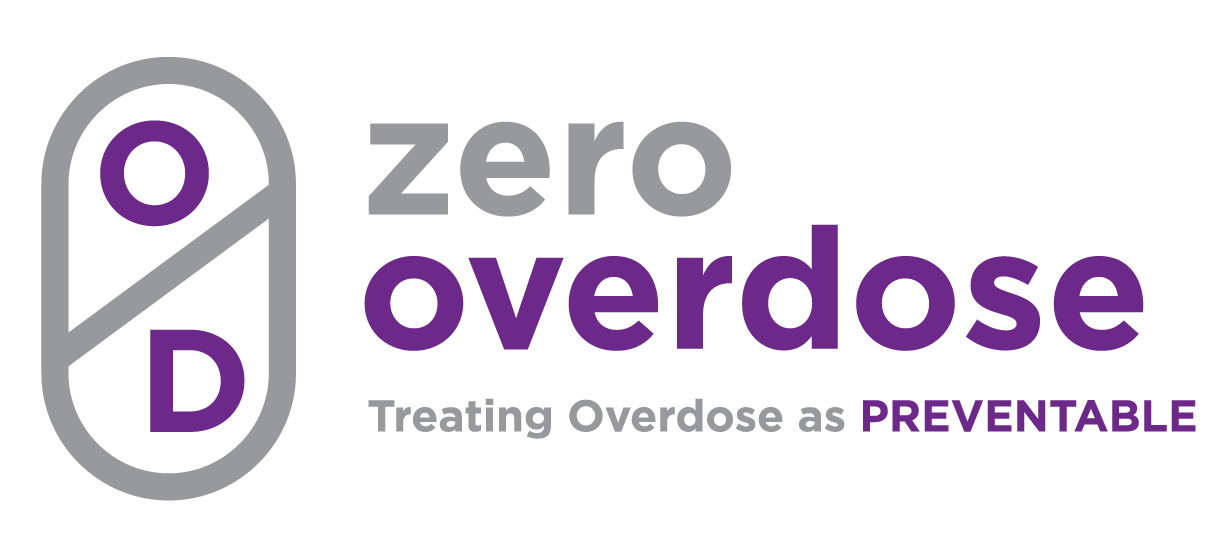Pregnant and postpartum women with Substance Use Disorders (SUDs) are a vulnerable population at increased risk of experiencing overdose events and deaths that must be addressed in prevention efforts. Women with SUDs who have recently given birth are at high risk for reuse and overdose as a result of hormonal shifts, sleep deprivation, and daily care responsibilities involved in caring for a new baby coupled with the lack of follow-up care focusing on the mother in the postpartum period. (1) An article published by the National Institutes of Health (NIH) in 2023 highlighted this risk. They found that overdose mortality ratios increased significantly from 2018 to 2021 across almost all “racial/ethnic, educational, and marital status groups” with the largest increase occurring in the 35 to 44 age group, for whom the risk of overdose death tripled. (2) More recently, provisional data made available from the Centers for Disease Control (CDC) indicate that both maternal and overdose mortality rates have begun to decrease in 2022 and 2023, respectively. (3)(4) While the numbers appear to be dropping, this is still a significant issue as nearly 23% of maternal deaths are related to mental health conditions, including opioid overdose, according to a JAMA Psychiatry review of studies from 2022-2023. (5) With the knowledge of this increased risk pregnant and postpartum women are at for experiencing overdose, it is crucial to provide more and better quality supports during this time in their lives.
Overdose safety planning is a tool that can be utilized and integrated into standard care practices to protect women from potential overdose events. The sobering findings from the NIDA’s study and the current data on maternal death rates suggest that overdose safety planning will be a valuable tool in combating the opioid epidemic and its impact on prenatal and postpartum women. According to a recent review of studies spanning from 2010 to 2021 on overdose trends in postpartum women published in February 2023, medications for opioid use disorder (MOUD) have been found as the only known factor to currently be associated with reduced overdose rates in this population. While MOUD is important for combatting overdose, it cannot be relied upon as the only line of defense. (6)
Overdose safety planning is a preventive intervention rooted in harm reduction and client-centered practice that focuses on educating the at-risk individual about safe drug use along with signs and symptoms of overdose, identifying situational triggers, and establishing personalized strategies for safer use. Creating an overdose safety plan also provides the individual with healthcare resources and contact information they can reach out to directly if they are worried about their safety or are struggling and need help. In addition to the risk factors mentioned earlier, many women have lower tolerance levels in the postpartum period because they stop or significantly reduce their drug use during their pregnancy. Prior research indicates that up to 83% of women are able to achieve abstinence from substances while pregnant, which is due in part to the fact that many expecting mothers see healthcare providers on a much more frequent basis during pregnancy, creating more opportunities for them to access strategies or treatments like MOUD for decreasing their use. (7)
However, these healthcare visits tend to drop off as the postpartum period goes on, which can leave mothers grappling with SUD on their own and increases their risk for relapse. (8) If a woman does choose to reuse during the postpartum period, she is likely to take amounts consistent with her prior use, which she no longer has the tolerance built up for after undergoing a period of abstinence or reduced use. She is now at much higher risk for unintentional overdose as she may be taking a fatal dose without realizing. Using overdose safety planning as an intervention during the prenatal period would help prepare mothers for these identified risks in the postpartum period and save lives.
Overdose safety planning is a method for directly addressing SUD-related risk mothers experience during the prenatal and postpartum period by connecting them with critical resources and information they can have on hand to keep themselves safe. Lack of existing comprehensive care supports for postpartum mothers and lowered tolerance levels combined with the new stress from responsibilities and hormonal changes of this period demonstrate that women with SUD need to be properly prepared and equipped with resources to prevent overdose events before and after they give birth. Implementing overdose safety planning as part of prenatal and postpartum care for women at risk would address these issues and save lives.
On a broader scale, this would also help prevent the ripple effects of overdose events including involvement of the mother and child with the child welfare system leading to separations or foster care placements, later mental health and academic struggles, or their own substance use. Additional strain is also placed on first responder and emergency room resources that are required when overdose events occur. We recommend adding overdose safety planning as a routine practice offered in prenatal and postpartum care bundles to prevent overdose deaths in this population and provide more comprehensive care for new mothers with SUDs. Overall, pregnant and postpartum women with SUDs are an exceptionally vulnerable group to experiencing fatal overdose events. A unique combination of risk factors and lack of supports can prove deadly for them. Adopting new tools such as overdose safety planning can help women in the prenatal and postpartum period to know their risk and make better informed decisions for their health and safety while giving them connections to existing resources they can draw on in times of need. Implementing this intervention on a broader level would help save lives and positively impact our communities by lessening the damage done by overdose.
Resources
For more information on how to get involved in Zero Overdose Safety Planning©, please visit Zero Overdose. Here, you’ll find resources, upcoming training sessions, and support systems tailored to assist individuals and communities at risk.




